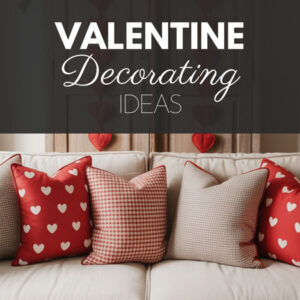
The Differences Between French Provincial, French Farmhouse, and French Chateau
Do you ever feel lost watching all these different French country decor pictures?
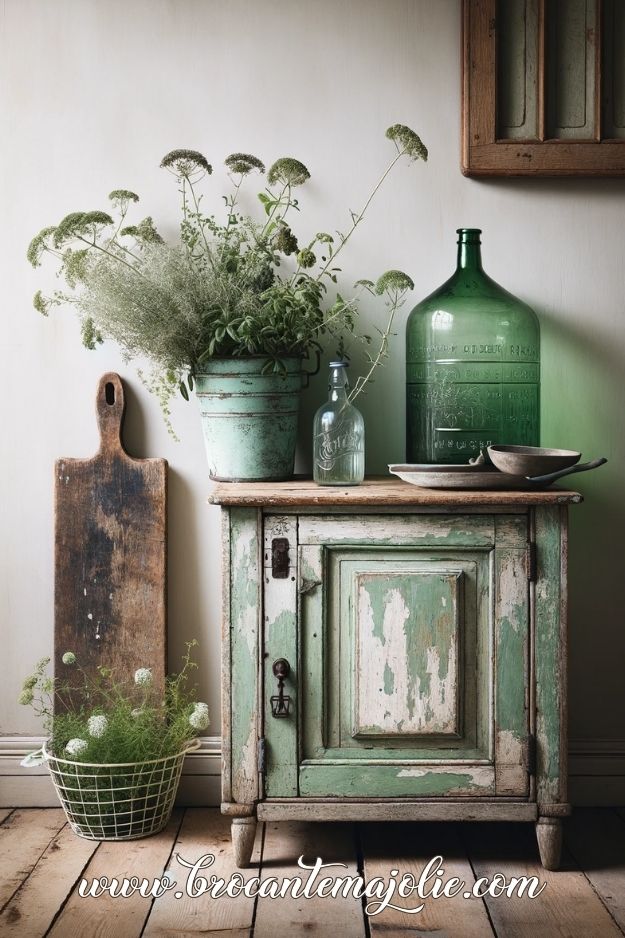


I’ve been there too. Looking for French country images on pinterest and find a multitude of decor that doesn’t look alike. From very rustic to very ornate.
That’s hard to know what is REALLY a French country home.
That’s because French country decor is inspired by the French countryside homes of the past.
But in France, depending on whether the house was located in the North or in the South, the style could be very different. It also changed according to social category. So we didn’t have the same decor depending on whether we were a farmer or a bourgeois.
All these differences are now reflected in the French country style. But we can easily differentiate 3 « substyles » : French provincial, French farmhouse, and French château
To give you a quick sense of these styles in practice, here are some decor elements typical of each look:
French Provincial
French Farmhouse
French Chateau
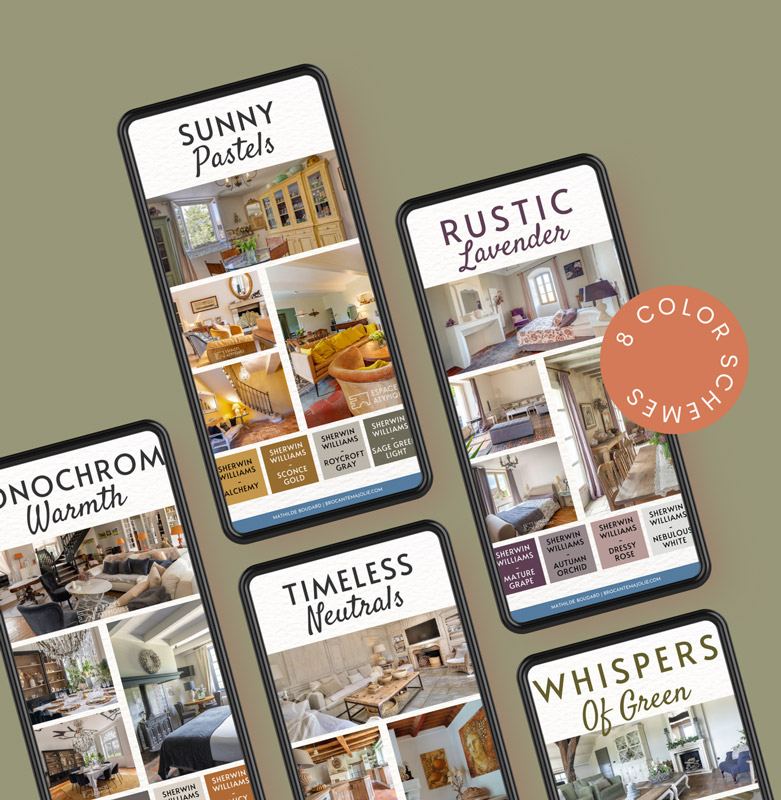
Claim your Free Color schemes
I. FRENCH PROVINCIAL
The magic word: WARMTH
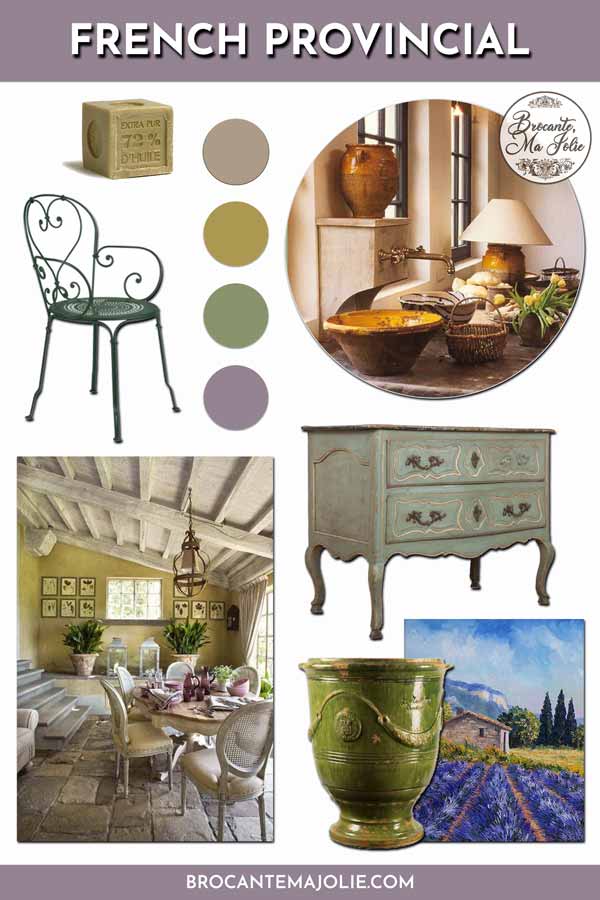
The provincial style refers to rural France of olden times. It’s especially associated with the Provence region with its elegant furniture, typical patterns and earthy colors.
A warm, friendly and rustic atmosphere.
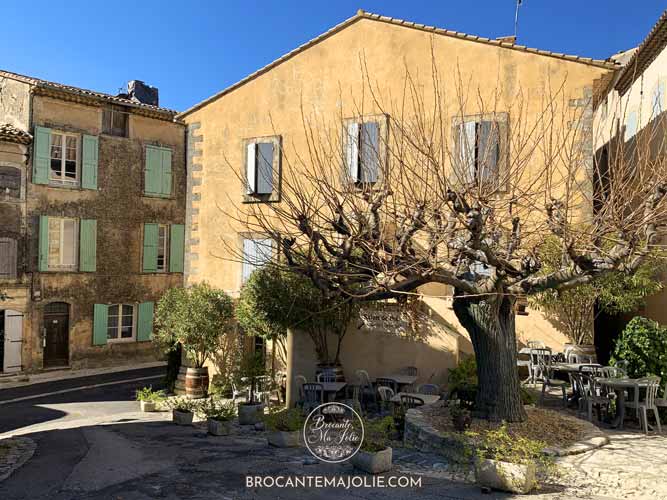
So now in France we talk a bit more about French Provencal style.
1. A little more elegant
The Provincial style appeared around the 16th and 17th centuries in Provence.
The peasants wanted to have furniture that was similar to that of kings. Altough they didn’t have the same budget, they managed to create sumptuous furniture.
They create more delicate shapes furniture. More ornamental but not show-off.
I gathered for you affordable French Provincial furniture here.
Here’s the kind of furniture we can see in a Provincial home:
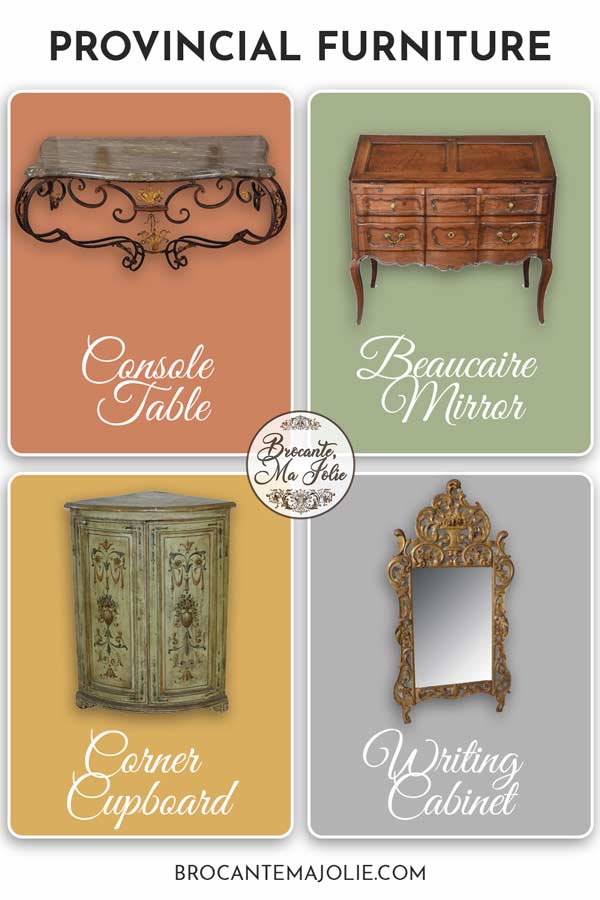
2. The colors of the South of France
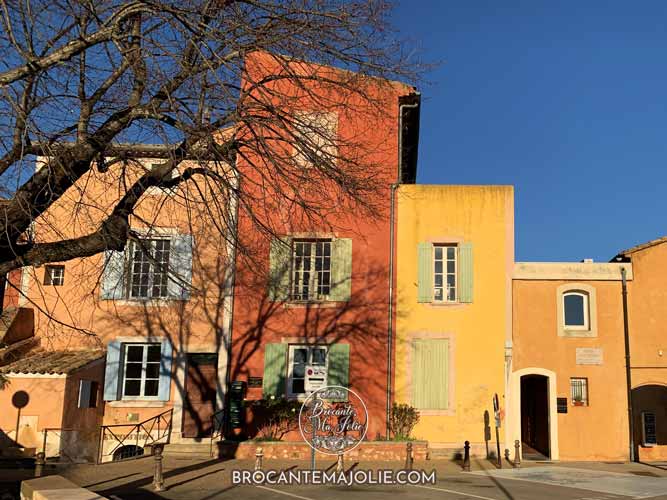
Adopting the Provincial style is evoking the sun, the singing accent and the landscapes of the South of France. A warm and cheerful style which – trough the choice of colors – recalls :
- the Provencal farmhouses with old exposed stones or whitewashed walls
- the fields of lavender and olive trees
- the markets with such special scents (spices, lavender, olives, lemons, cheese…)
If you’re into French Provincial style, I’ve got a fantastic opportunity for you!
Join me on a tour of three exquisite French homes, with two of them beautifully embodying the Provençal charm. I’ll be your guide to help you capture this style in your own home.
It’s as easy as sharing your email with me right here:
OCHER
If you want to get the Provincial look, the ocher color is essential.
Typical of Roussillon (South of France), you can see it in multiple tones. From saffron yellow to orange red.
It’s a color that creates a welcoming environment.

“Le sentier des ocres” at Roussillon (Provence)
Ocher can be admired when you take a walk trough « les sentiers des Ocres », in the heart of the Luberon. If you plan to go to Provence soon (you absolutely should!), I highly recommend you visit Roussillon and its surroundings.
LAVENDER BLUE / MAUVE
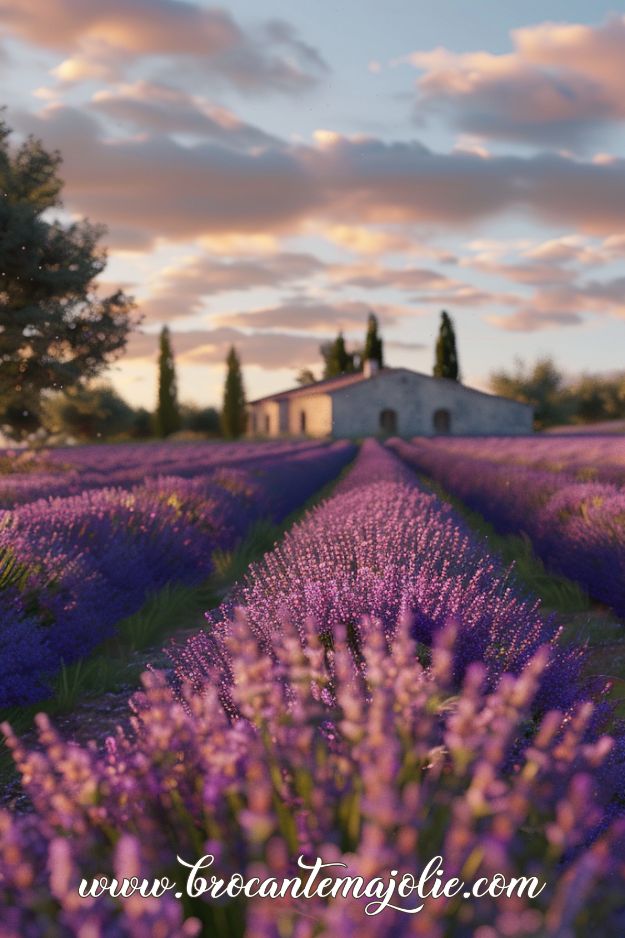
It recalls the lavender which borders the roads of Provence and sublimates the landscapes during its flowering in summer. I haven’t had a chance to see it with my own eyes yet, but it won’t be long!
OLIVE-GREEN
This color obviously recalls the olive, characteristic of Provence.
There are olive fields troughout the region.
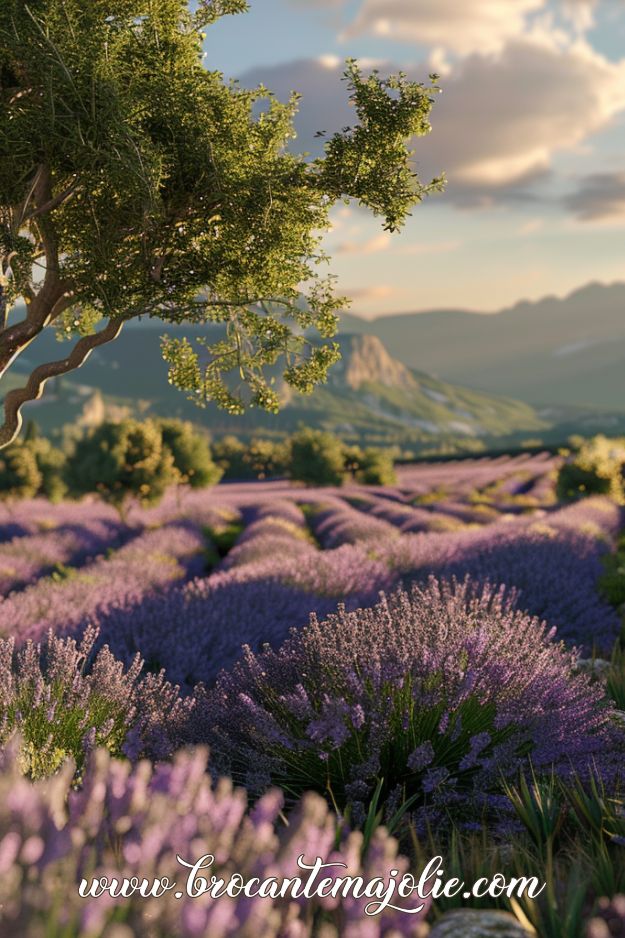
Provence accounts for 70 % of French olive oil production. (mettre lien externe)
The olive tree finds everything it needs here: warmth, light and arid soil.
Olive green is one of my favorite color, and I think it goes very well with many interiors!
In summary, I’d advise you to choose a mix of ocher + green OR ocher + lavender blue / mauve.

Otherwise, you may end up with a profusion or colors that will no longer reflect the Provincial style.
Ocher can be chosen as one of the main colors of your home. You can cover one walls of your kitchen with ocher (a whitewashed wall is typical of south of France). Or you can use terracotta tiles.
Then, bring color with accessories such as pottery, fabrics, enamelware, dinnerware, and flowers & plants.
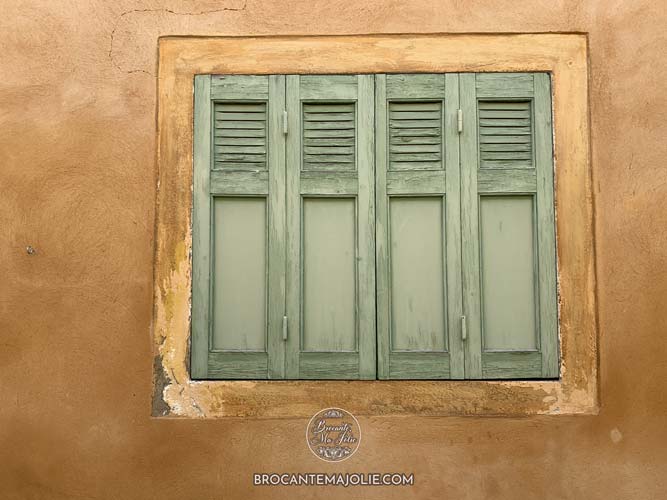
Tip: If you have the possibility of painting the exterior walls of your house in ocher color with green or blue shutters, your house will cry « Welcome to Provence » each time you return from work!

Claim your Free Color schemes
Pin this article on Pinterest to find it later 👇
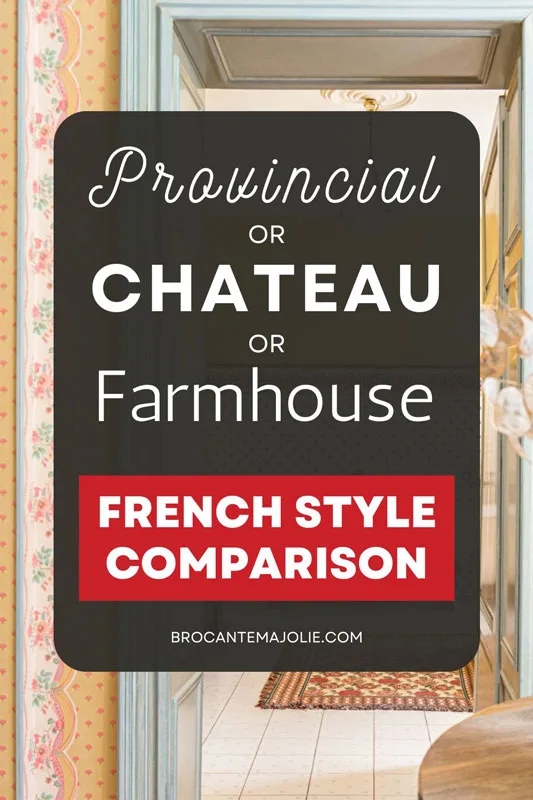
3. Provencal prints
How to talk about the Provincial style without mentioning the typical patterns of the region?
Imported from the Orient by Marseille (South of France) in 1580, the « Indiennes » are fabrics in warm and varied colors which recall the sun and nature.
In 1648, a first « Indiennes » workshop was created in Marseille. These fabrics became very popular in Provence region. Then troughout France, especially among the nobles.
The patterns of Provencal fabrics are:
- Nature related: cicadas, lavenders, olive trees, poppies…
- Geometric or stylized: stripes, circles, arabesques…
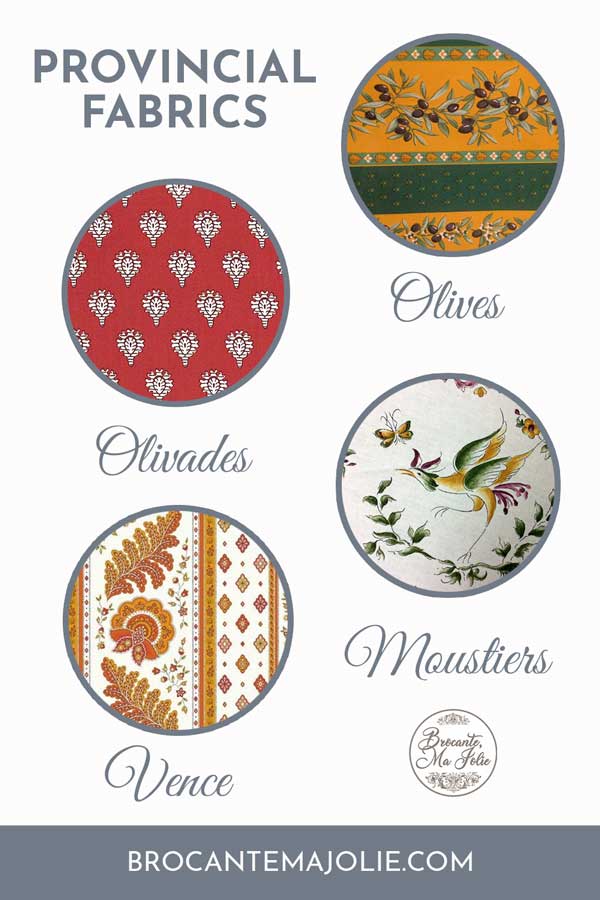
These patterns aren’t absolutely necessary to get a Provincial style.
I find them difficult to decorate around. I’m always afraid of overdo it, because they have bright colors and impressive patterns.
They’re to be used in moderation. Use them in the kitchen, for your kitchen towels or tablecloth for example.

Also, favor Provencal fabrics with faded colors like the olive pattern above. It will be easier to include in your French decor.
4. Provencal pieces
For a provincial look, here’re some decorative items ideas:
French countryside or still life paintings
Ceramics & Pottery like pitchers, olive jars, confit pots, planters, garden urs… (ocher ones are a must)
Wrought iron pieces: lamps, mirrors, table, chairs, bed head and accessories
Savon de Marseille: a decorative and very useful green soap made from olive
I created a page with all the best French Provincial decor so you’ll be sure to choose the right one.
And if you really want to feel like you’re in Provence, don’t forget the little cicada on the wall of your kitchen!





II. FRENCH FARMHOUSE
The magic word: RUSTIC
French farmhouse is a decorating style that bring a bit more of rustic. As its name suggests, it’s more representative of French farms.
To add some farmhouse touch to your French home, here are the 3 fundamentals:
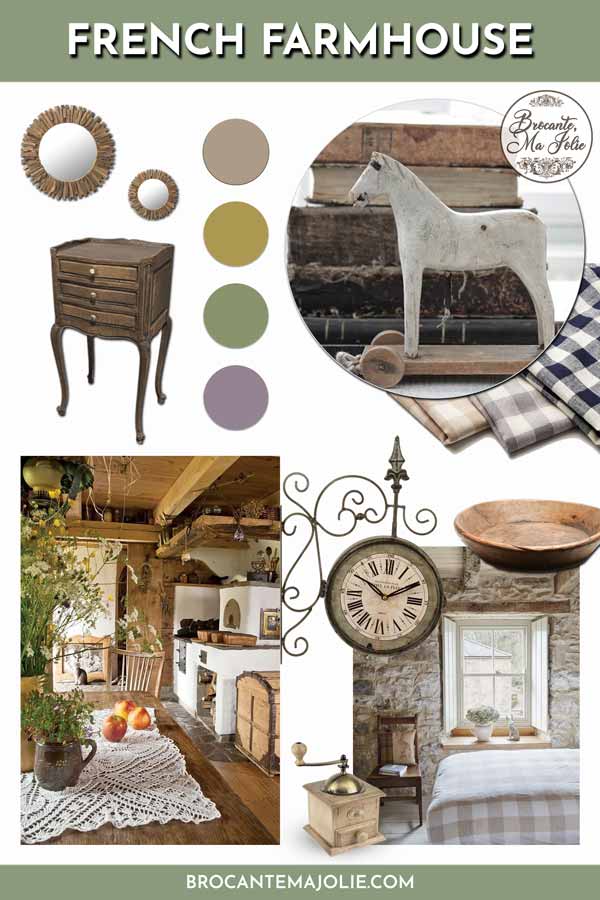
1. Wood

Wood is really the key element of the French Farmhouse style.
Old and raw wood.
A parquet floor and/or exposed beams could be the basics of your decor.
Then, choose simple shaped furniture with few ornaments. The wood tones should stay light. But we can choose a little darker tones than in a classic French country home.
When your furniture is simple and has light wood tones, avoid repainting it. Or partially (we can repaint everything except the top for example).
To get a complete French Farmhouse look, decorate your home with wooden accessories like rattan baskets, bird cages…
2. Worn and distressed furniture & accessories

As in a classic French country decor, your furniture and accessories must be old. And who says old, says weathered and worn in some places.
But if you want to add a Farmhouse touch, choose even more time-worn furniture. A piece of furniture with damaged paint or a completely destroyed armchair for example.
3. Don’t mistake « French farmhouse style » with just « Farmhouse style »

A lot of farmhouse decor I see on Pinterest or Instagram seem to have english quotes prints on their wall everywhere, cow portraits, roosters and so on.
These homes are often filled with brand new things bought from Target or Walmart.
Well. I have nothing against that but that’s not French at all.






III. FRENCH CHATEAU STYLE
The magic word: ORNATE
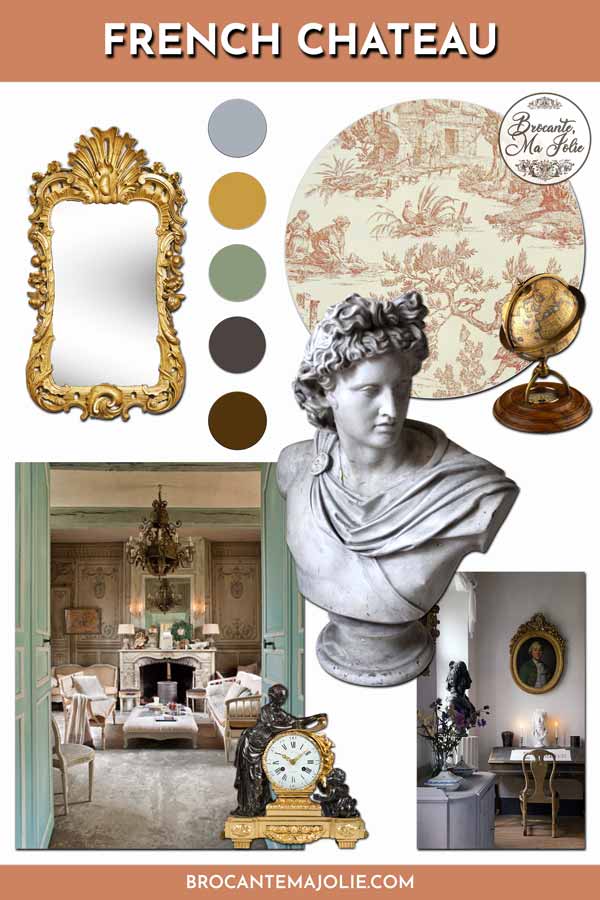
Many people believe French country style is necessarily very ornate and lush.
That’s wrong.
As you have seen, French country decor is more characterized by a mix of elegance and rusticity. Very rustic for the French farmhouse style and warmer for the Provincial style.
French château style is, for me, on the verge of being considered French country. Because it can be too busy and not really representative of the country houses of yesteryear.
But if you like everything luxurious and ornate, this is definitely the right style for you!
You must have a larger budget and a lot of space.
Here’s how to get the French Chateau look.
1. Luxury and quality

At the time, decoration was a means of showing social rank. The nobles then used furniture and pieces of great quality, synonymous with great wealth:
Quality materials such as bronze and crystal
Walls with moldings
Lots of paintings and portraits in all rooms
Several marble fireplaces
A large library full of old books
Antique armchairs
An XXL bed
A clawfoot tub
More imposing chandeliers
Sconces in the hallway
French antique furniture & pieces
Plaster statues and busts
A very large table to easily accommodate 10 people
Candle holders & Candelabra
A beautiful silverware
Porcelain tableware
Copper cookware
2. Ornate

The owners of castles also liked everything very ornate, usually golden, such as:
Very ornate furniture with elegant shapes
Large and ornate golden mirrors
Luxurious clocks
Large crystal lighting
Well made frames with golden details
3. Prints
Moldings and tapestries made up the interiors of these incredible mansions.
Prints were everywhere: walls, carpets, armchairs and sofas, curtains, bed linen…
You could find checkered patterns, flowers, stripes, toile de Jouy…

If you want to get the French château style, you can dare a bit more patterns and color mixing than in the classic French country decor.
But always in moderation.
Otherwise it will look dated and corny.
Here are photos of an old and dated French chateau VS a modern one


Tip: The smaller your room, the less you can play with prints. Because if you use too many patterns, your room will appear smaller and darker.
Recommended guide: French country decor – How to make the right choices.
In short, French château style requires antique quality pieces, often large and ornate. But also a mixture of patterns and colors.
Not to be cheesy, don’t completely copy the chateaux of yesteryear.
This is way too much. Add a bit of simplicity and modernity.



A lifestyle, more than a style
Today the name « French country » gathers all the styles from different rural regions of France together. Incorporating the rustic farm, the provencal home and the French château.
You don’t need to know your specific « substyle » to decorate your home in the French country look.
And that’s ok to have several French “subtyles” inside your home.
The most important thing is to stay authentic. Keep in mind that it’s not only a style but a lifestyle.
I gathered all my best tips to add a French flair to your home in my French Country Design course. It’s a complete step-by-step decorating process that teaches you how to bring French authenticity into your house, whether you start from scratch or just want to add a French feel.
Once you’ve finished the course, you’ll walk away knowing:
the exact furniture and decor to buy so you never make costly mistakes
the 3 main steps to put all your stuff together cohesively
the right colors to use so you never go wrong with paint
my top tips to keep only what you need and love so you never feel embarrassed again when friends come visit
the 8 French secrets to get an authentic countryside home
and so much more!






And if you’re into French Country style, I’ve got an exciting adventure lined up just for you!
How about taking a virtual tour of three stunning real French Country homes?
I’ll be right there with you, sharing tips on how to infuse this charming style into your own space.
Ready to join the FREE tour? Click here to subscribe!
Still searching for that dream decor style that resonates with you? Perhaps the French country cottage look is your perfect match.
Find out by reading my article ‘Fall in Love with the Timeless Beauty of French Country Cottage Decor‘
FAQ
French farmhouse decor is a mix of elegance and a lot of rusticity. Old and raw wood is very present, from floor to ceiling, including furniture and accessories. It really feels like a French farm. The decor must be vintage. Furniture and accents are distressed and weathered by time.
French provincial style is representative of Provence region atmosphere : the sun, the countryside landscapes and the special scents. To get a Provincial home decor, you’ll have to mix typical colors, prints and pieces of this beautiful part of France. Ocher, olive-green and lavender blue are the 3 colors to use. Add some countryside paintings, terracotta pottery and ceramics, a few wrought iron pieces and you’re done!
French château style is obviously inspired by the ancient castles belonging to the French nobles. It’s a decoration supposed to show richness. Each room is made up of quality, imposing and often very ornate furniture and pieces. There are imposing crystal chandeliers, large portraits and paintings, bronze candelabra, luxurious mirrors and clocks and much more… The patterns are also very present, trough tapestries, curtains and upholstery.
Click the image and the Pinterest logo to save this article for later 👇
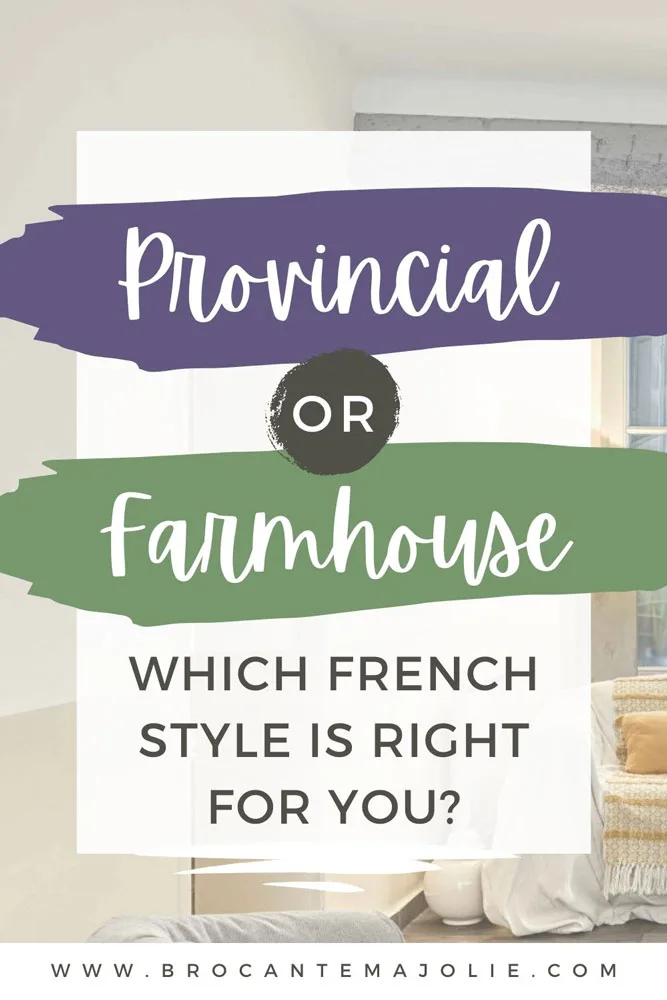

French vintage shop


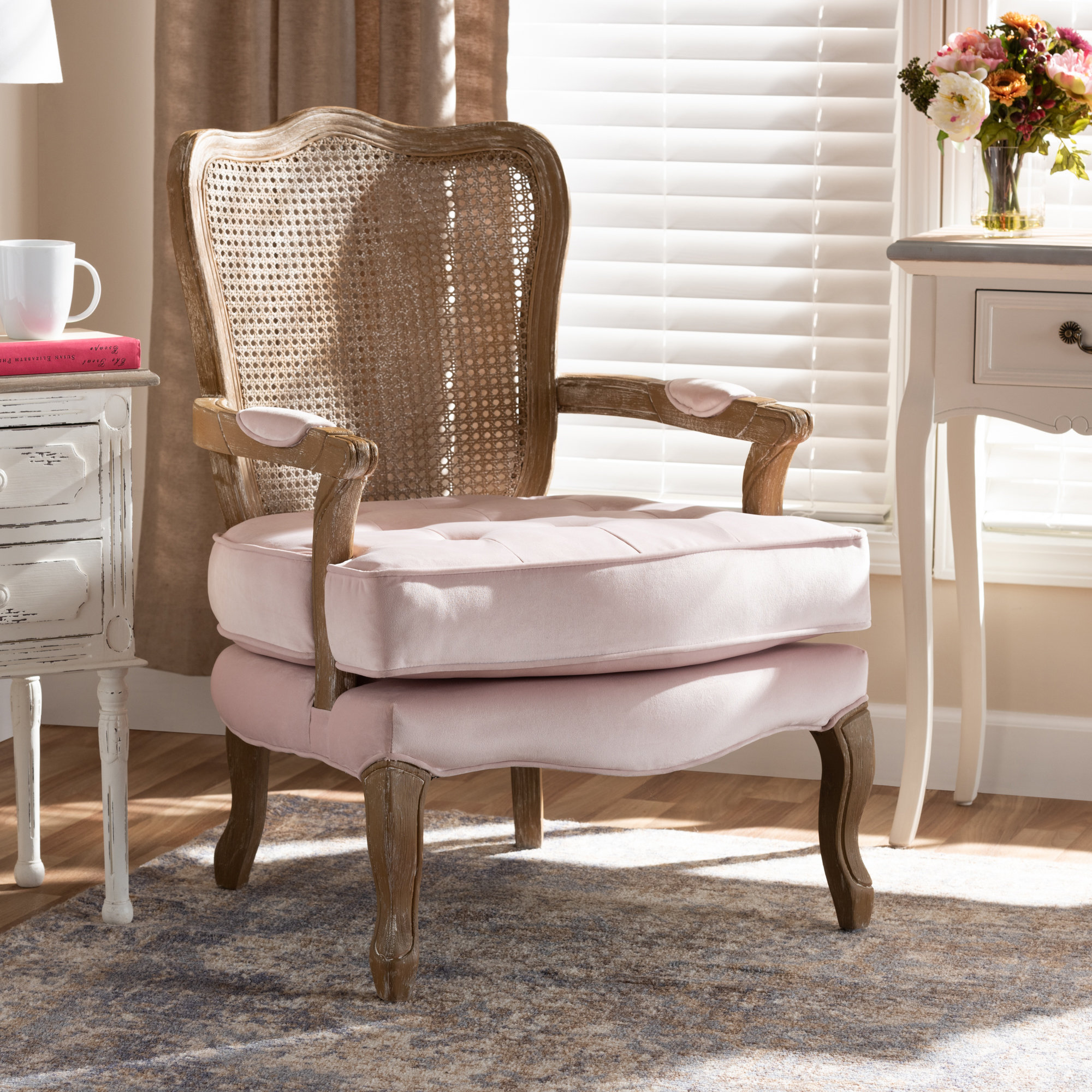
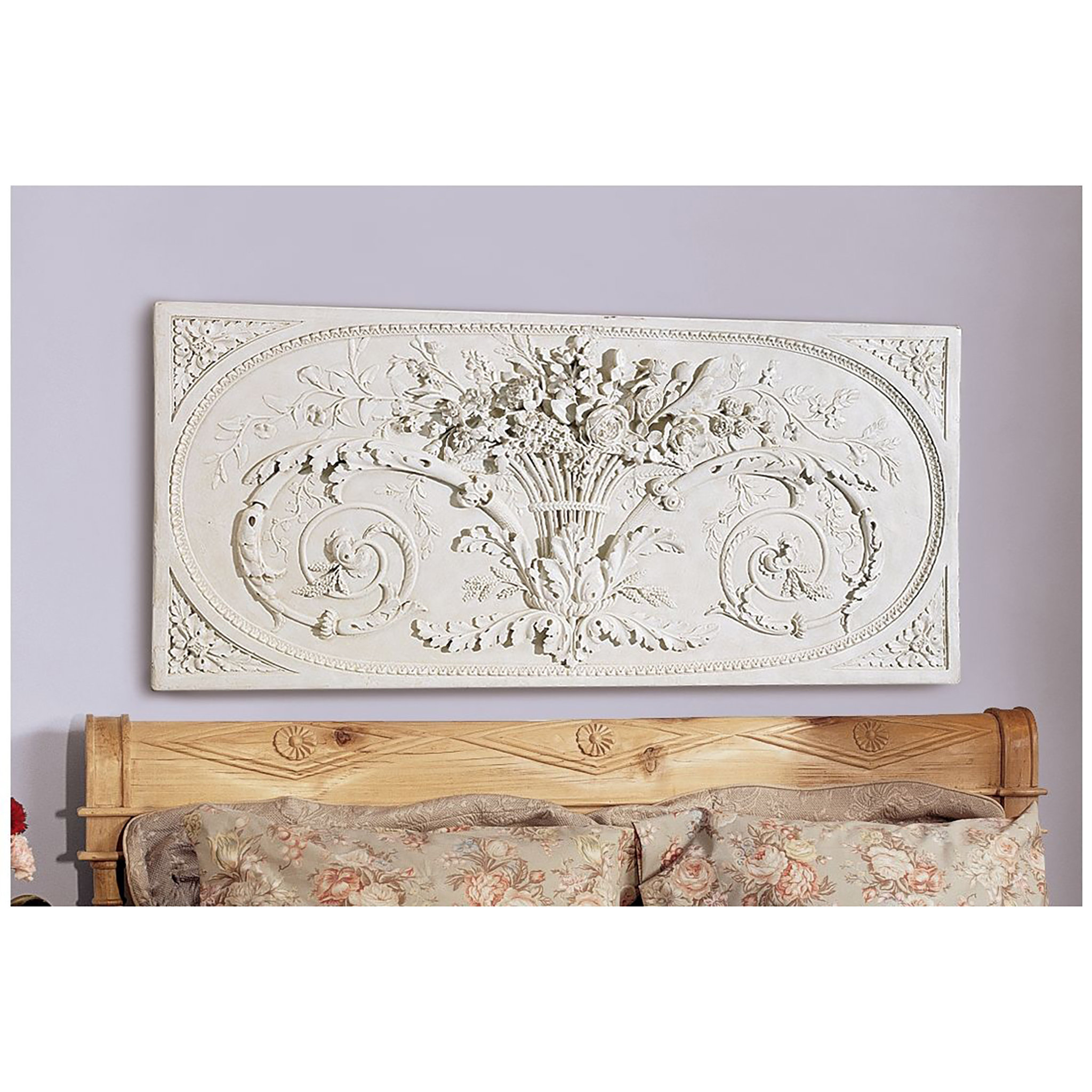
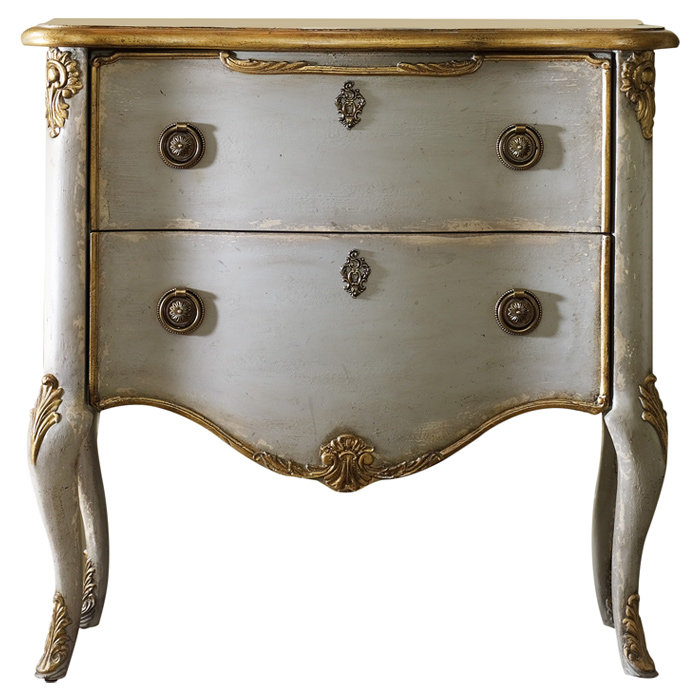


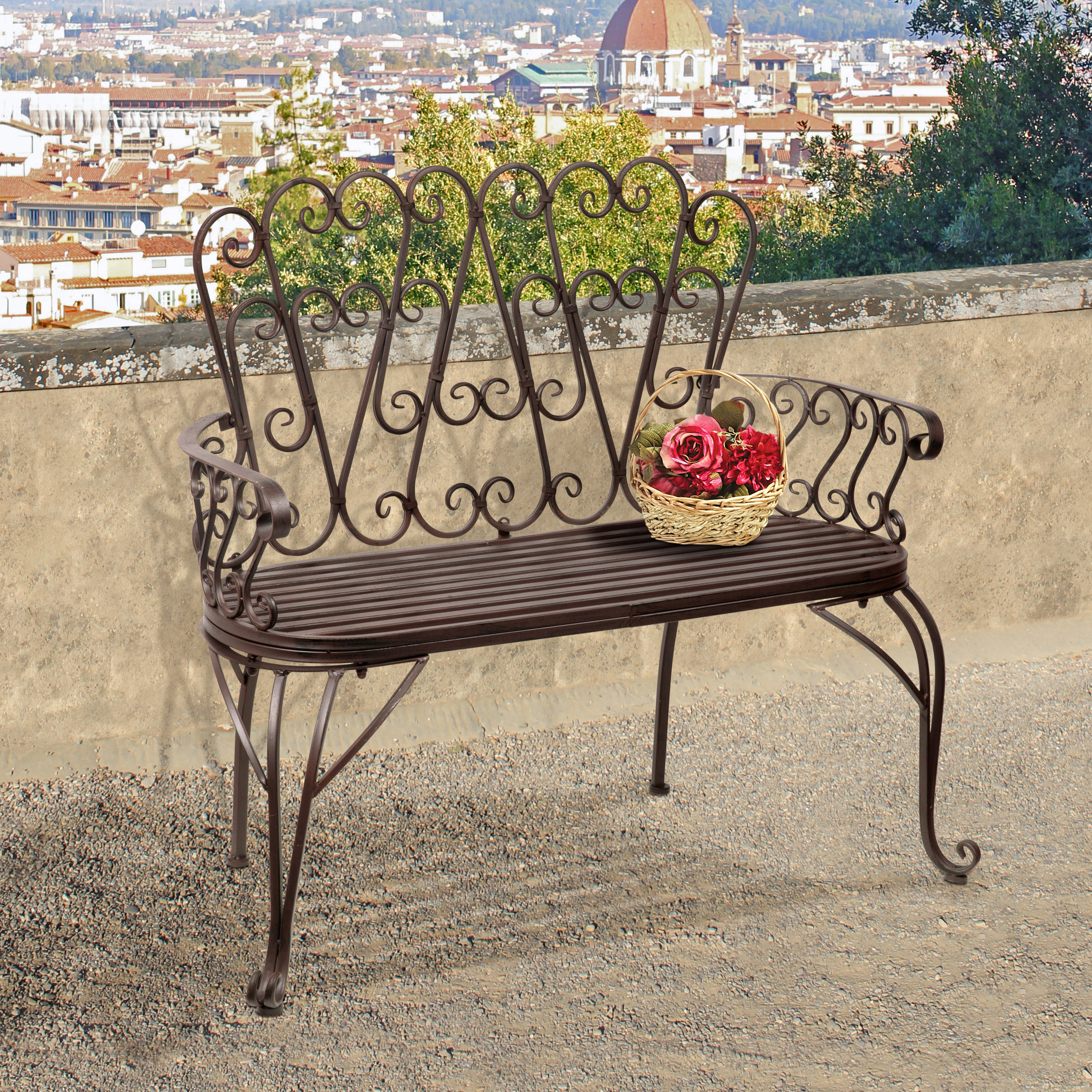
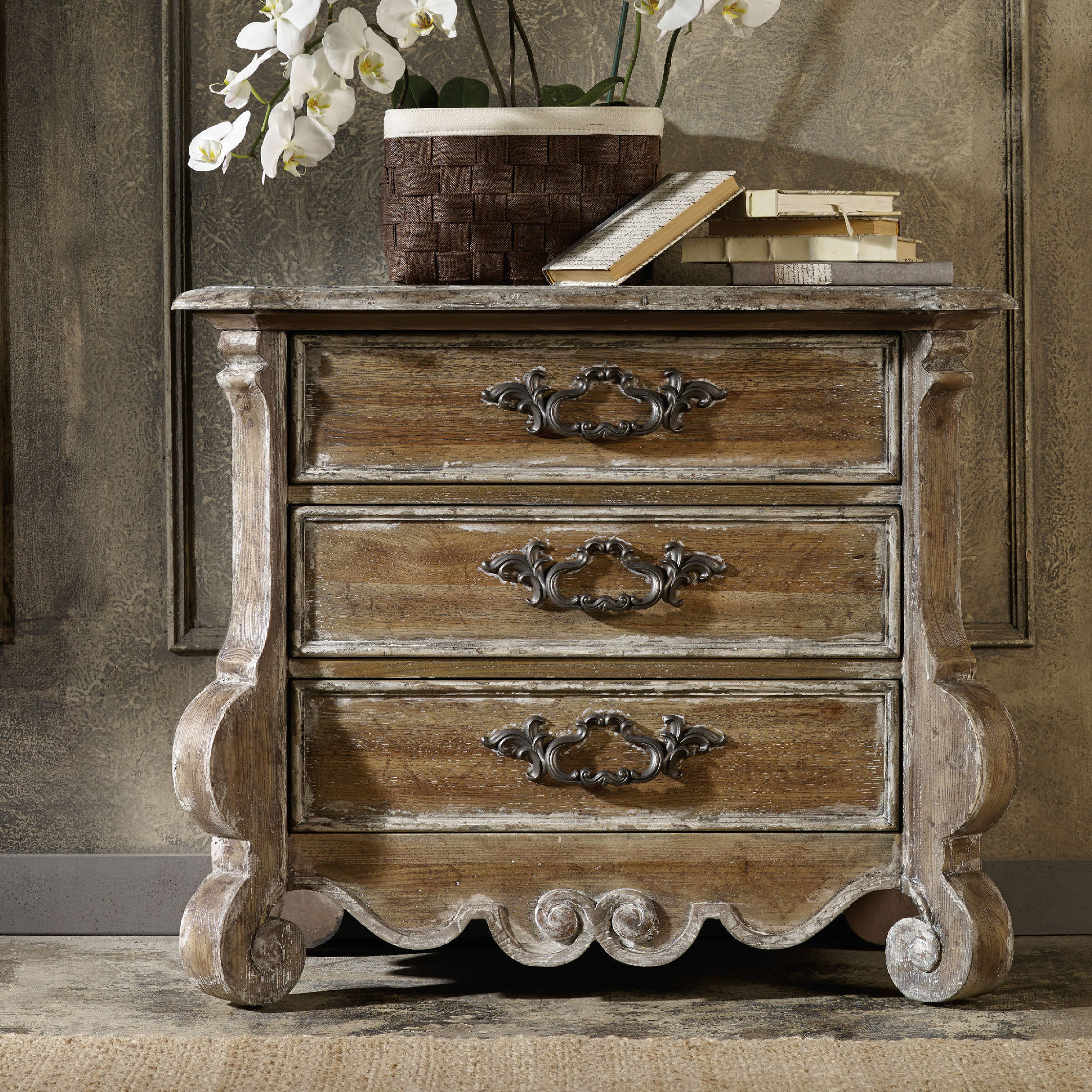





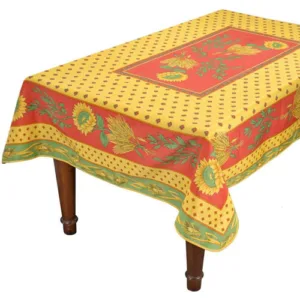

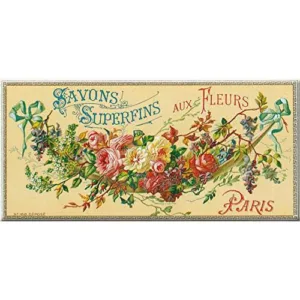
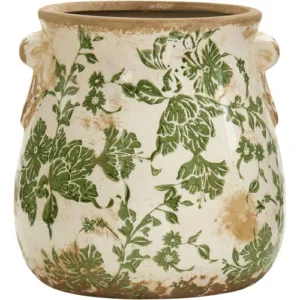
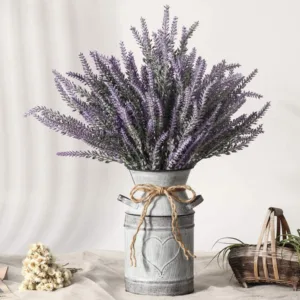
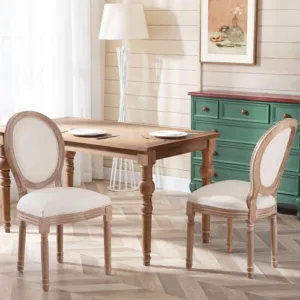
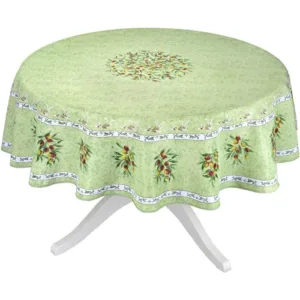
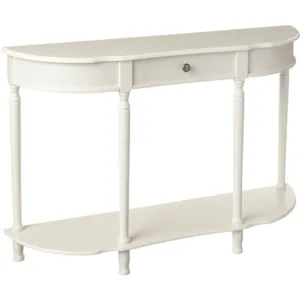
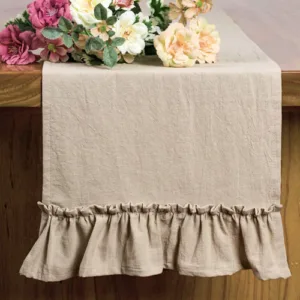
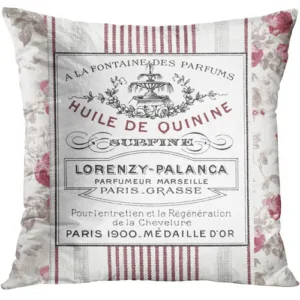
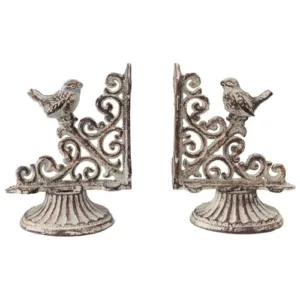
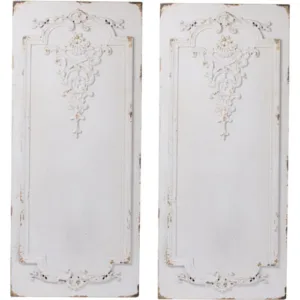
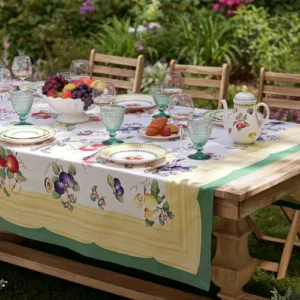
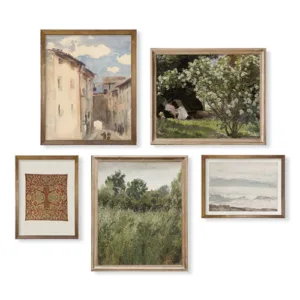
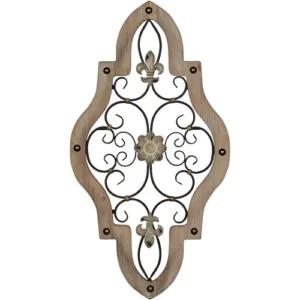
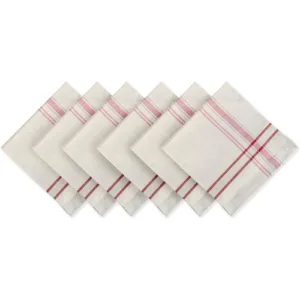
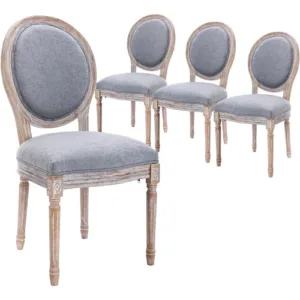
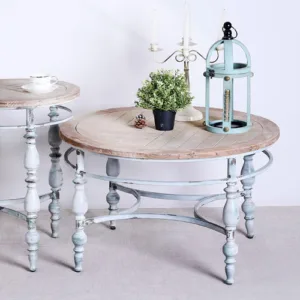
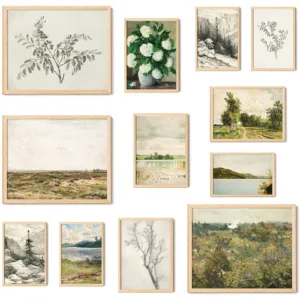
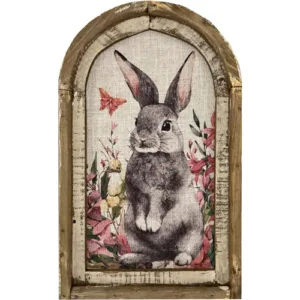
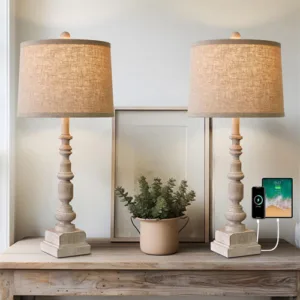
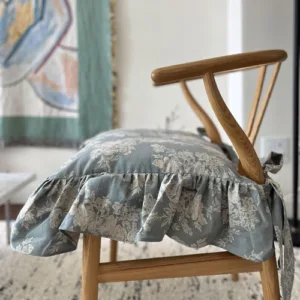
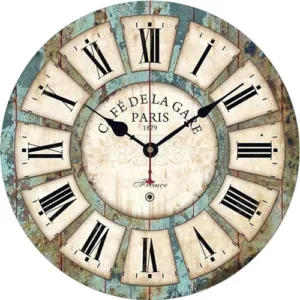
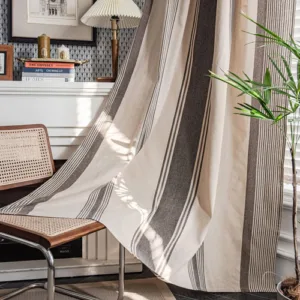
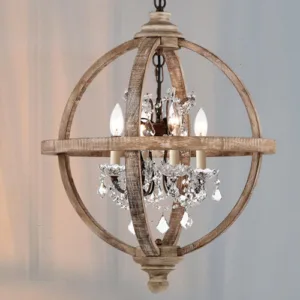

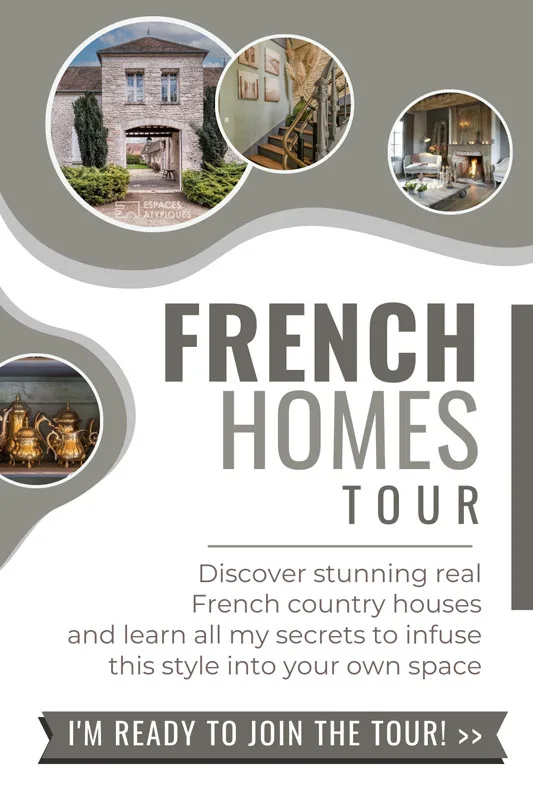
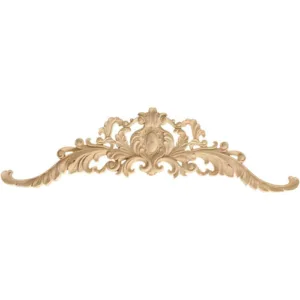
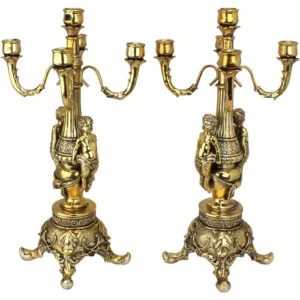
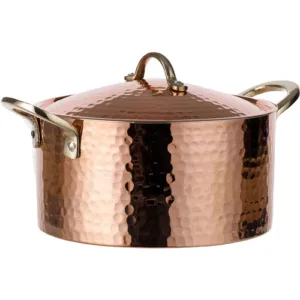
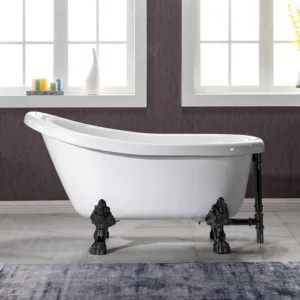
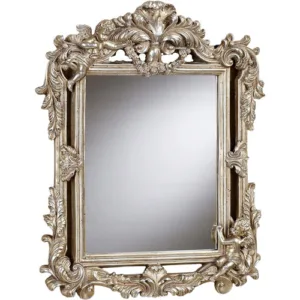
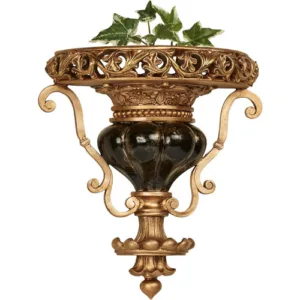
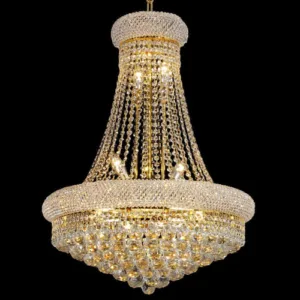
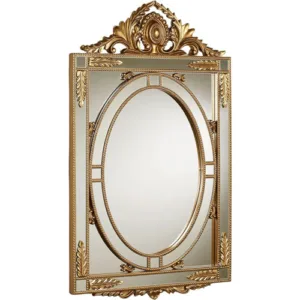
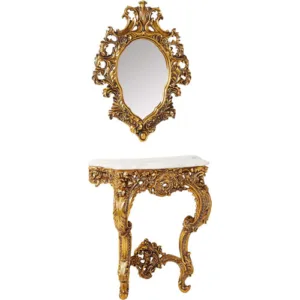
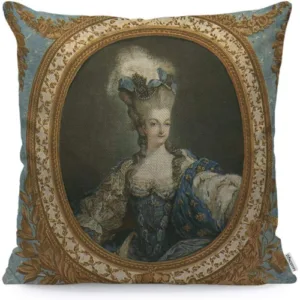
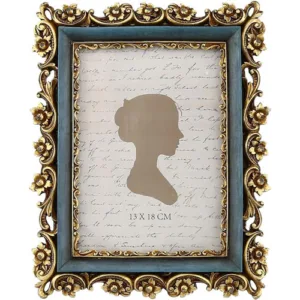
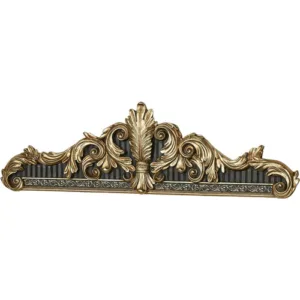
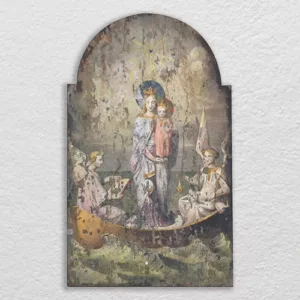
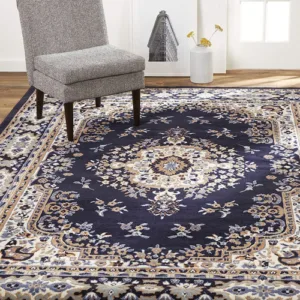
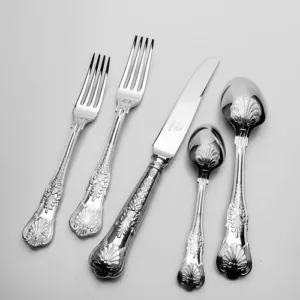
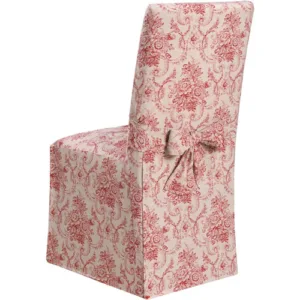
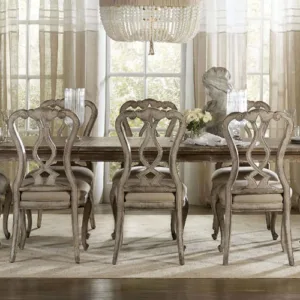
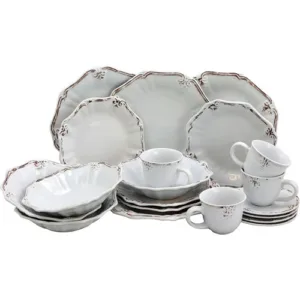
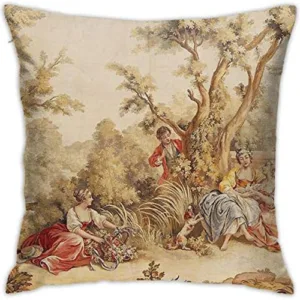
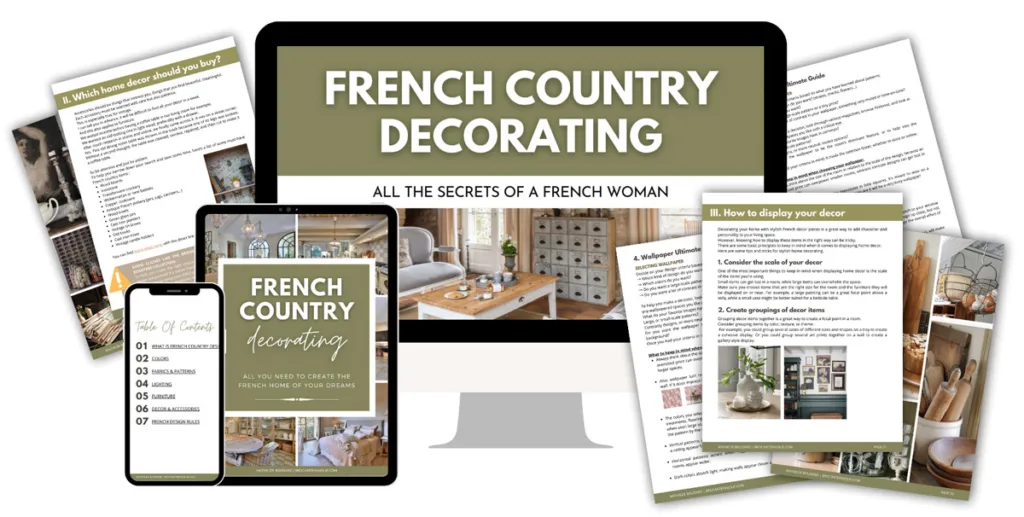

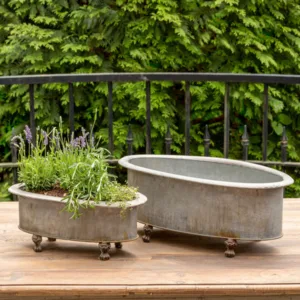

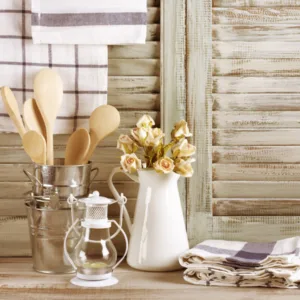


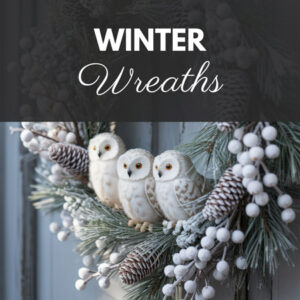
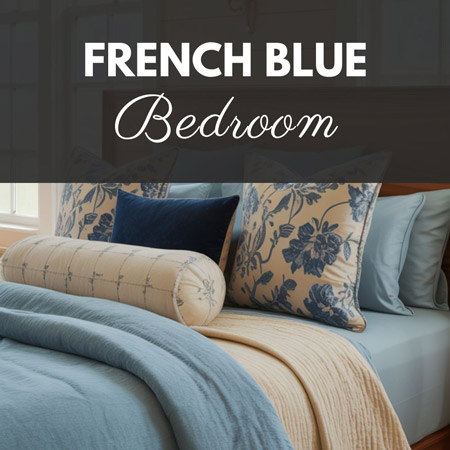
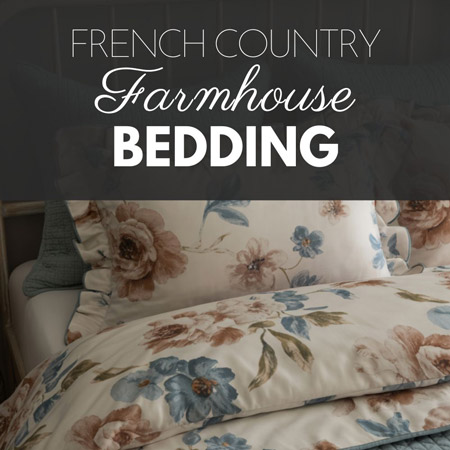
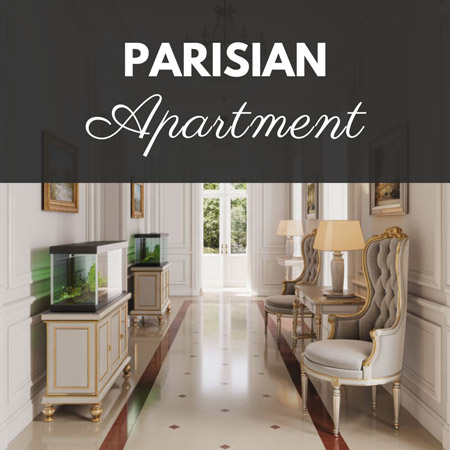
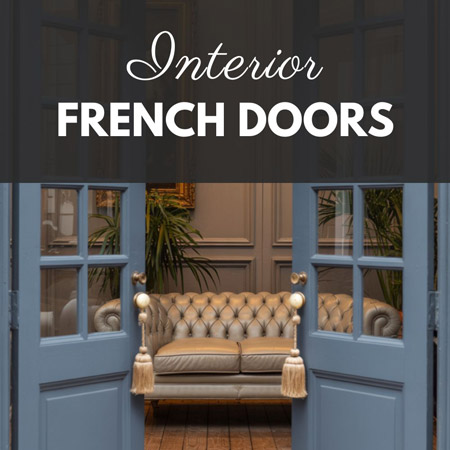
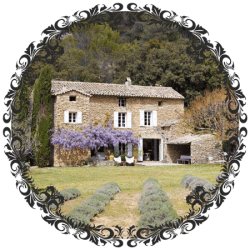
21 thoughts on “The Differences Between French Provincial, French Farmhouse, and French Chateau”
Thank you for the journey to France . I spent several months in the south in the hills it was a long long time ago. I must confess farm house is my favorite. I leave in Texas Hill country. The land does remind me of the french country side. Merci bien (hope I spelled that correctly). Pamela
Thank you very much for your comment, Pamela! I’m glad to know you a little better. Your French is absolutely correct 🙂 A très bientôt j’espère !
Merci Mathilde,
Nous avons habités à Paris, mais maintenant nous sommes à la campagne de Nouvelle Zélande avec une maison vieux. Le style et les couleurs ‘Provençal’ sont parfait pour cette endroit 🙂
A bientôt, Gayle
Thank you for your very clear definition of French style. I now see I have the French Chateau style in my home.
Until I found you and your sights I never knew exactly my style. I always knew it was rustic but NOT farmhouse. I could never tell. NOW I know and have been able to steer my new "old" purchases to make my house the perfect French Rustic home of my dreams. Each room I have been able to take and continue to change a few things and it is all coming together wonderfully. THANK YOU!!
I’m so happy you finally found your decorating style, Elizabeth! Thank you so much for sharing 🙂 Mathilde
So helpful
Thank you Deborah! 🙂
Thank You!! Now I understand why I’ve felt confused about "country French".
Hi Mathilde,
I find your articles fascinating. I lean towards French farmhouse, but, also find myself attracted to some aspects of French chateau. Is it possible to incorporate both and have a cohesive look?
Thank you so much,
Bonnie
Bonjour Bonnie,
Thank you for your kind words! You can choose to have an eclectic look and mix the two, but maybe you shouldn’t mix old milk jugs (farmhouse style) with highly sophisticated bronze mirrors (chateau style) for example.
I think the easiest room to mix the two would be the kitchen, as castle kitchens had high quality pieces and were large but still felt more farmhouse style than other rooms like the living room or bedrooms.
I hope it helps! Feel free to email me any time with photos.
Mathilde
Thank you so much for such detailed but easy to understand explanation for the various French Country/Classical styles.
I take those useless style quizzes online and always wind up in something vague called French Country, but as you said, it seems to be about whatever the major chain stores have to sell.
I am learning that I need to think more about who I am, how can my home reflect that person, and work efficiently and affordably as well. Thanks agin!
Thank you very much for your comment, Susan! I totally agree with your way. Happy New Year and à bientôt j’espère. Mathilde
My home is mostly French farmhouse with a little more leaning towards French chateau in the living room. Because we live on an acreage that has a fruit orchard and a small vineyard, and our house has a stone exterior, we felt French farmhouse would fit well for the interior. I’m happy to see by reading your posts, that I’ve accomplished my French style quite well 🤗
Hi from Australia! This is so helpful, however, I love it all!!!
After reading your site I’m 100% sure my style is Couture French Farmhouse…Just what I’ve be calling it.. Thanks Vikki
Ahah, that’s a wonderful style name, Vikki!
Thank you for this article. I thought my style was French Provencial, but it is nice to see it confirmed. My husband and I fell in love with France on our first trip to Paris, but felt like we were "at home" on a later trip to Provence. We stayed in a villa in Avignon and toured around Provence and the area daily. We loved Roussillon and Abbaye de Sénanque, so it was so fun to see you highlighted pictures of both in your description! I can’t wait to visit again – hopefully next time when the lavender is in bloom!
Thank you so much for your comment Ashley! Provence is such a beautiful region, I love it too. I never had the chance to go when the lavender is in bloom but it must be magical 🙂
I love your website. Really inspiring. I once manage a shop called Grand Illusions in the UK with a combination of all 3 styles. I didn’t fully appreciate it then, but I do now in my less-frenetic fifties. And just I’ve started restoring and painting pieces from my garage, here in Queensland. The general public here only seem to recognise the ‘Hamptons’ when they see something that is ‘French Country’. Am I snob? Maybe. Or a frustrated purist. Thank you for such a well-informed overview of things. You have a new and inspired follower.
Thank you for this very informative article. It clarified so many questions I had regarding defining my style. I love the look and ambiance of the French Chateau style. It helps that I now know that it falls under a title so I can better convey to others this lovely decorating style.
Comments are closed.